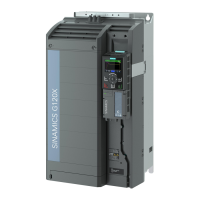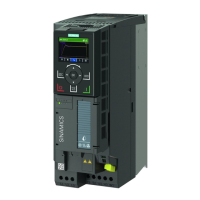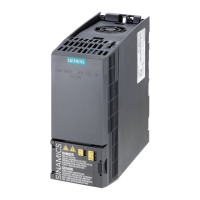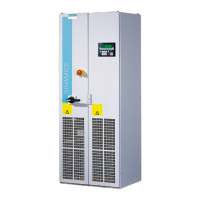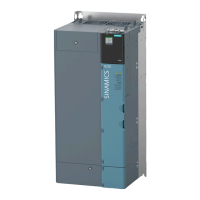Setting functions
8.8 Application-specific functions
Converter with control units CU250D-2
224 Operating Instructions, 04/2014, FW V4.7, A5E34261542B AA
Electrically braking the motor
Regenerative power
If a motor electrically brakes the connected load and the mechanical power exceeds the
electrical losses, then it works as a generator. The motor converts mechanical power by
generating electrical power.
When the motor operates as a generator, it attempts to transfer the power generated to the
inverter.
DC braking is used for applications without regenerative feedback into the line supply, where
the motor can be more quickly braked by impressing a DC current than along a braking
ramp.
Typical applications for DC braking include:
● Centrifuges
● Saws
● Grinding machines
● Conveyor belts
Motor damage caused by overheating
The motor can overheat if it is braked for long periods of time or frequently using DC
braking. This may damage the motor.
• Monitor the motor temperature.
• If the motor gets too hot during operation you must select another braking method or
give the motor more time to cool down.
With DC braking, the inverter outputs an internal OFF2 command for the time that it takes to
de-energize the motor p0347 - and then impresses the braking current for the duration of the
DC braking.
The DC-braking function is possible only for induction motors.

